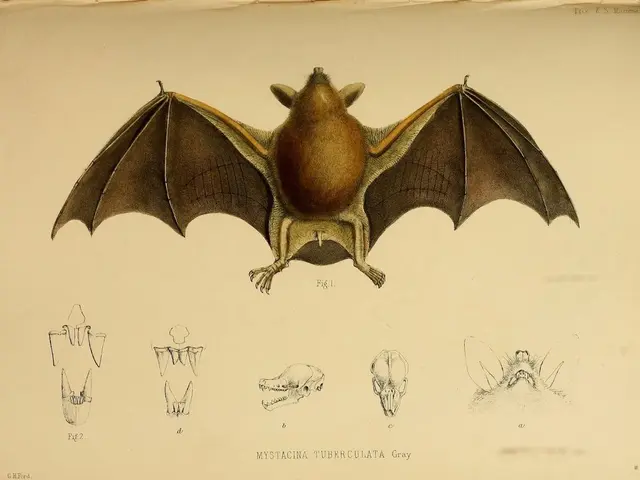Renowned Scientist and Forward-Thinking Intellectual: Francis Crick
Francis Harry Compton Crick, born in Northampton, England, was a renowned scientist whose discoveries revolutionised the field of molecular biology. His most significant achievement was his co-discovery of the structure of DNA, alongside James Watson, in 1953. For this groundbreaking discovery, Crick, Watson, and Maurice Wilkins were awarded the Nobel Prize in Physiology or Medicine in 1962.
Before delving into the world of DNA, Crick worked as a scientist for the British Admiralty during World War II, researching magnetic and acoustic mines. After the war, he joined the Cavendish Laboratory at the University of Cambridge, where he investigated the structure of proteins using X-ray crystallography.
Crick spent the majority of his research career at the Cavendish Laboratory, but in 1977, he moved to the Salk Institute for Biological Studies in San Diego, California. During his time at the Salk Institute, he conducted scientific research alongside the University of California, San Diego (UCSD).
In addition to his work on DNA, Crick authored several influential books, including "Of Molecules and Men" (1966), "Life Itself: Its Origin and Nature" (1981), and "The Astonishing Hypothesis: The Scientific Search for the Soul" (1994). These books delved into various aspects of science, life, and the universe, reflecting Crick's wide-ranging intellectual interests.
Crick was also an advocate for public understanding of science. He was a founding member of the Committee for Skeptical Inquiry, an organisation dedicated to promoting scientific inquiry, critical thinking, and the scientific method.
In the mid-1960s, Crick and Leslie Orgel published a paper proposing that RNA might have played a central role in the origin of life, leading to the RNA world hypothesis. This theory suggested that RNA could have been the first genetic material and the precursor to DNA and proteins.
Another intriguing aspect of Crick's work was his interest in the possibility of extraterrestrial life. Alongside Leslie Orgel, he proposed the directed panspermia hypothesis, suggesting that life on Earth could have been deliberately seeded by extraterrestrial civilizations. The Panspermia theory, which posits that life exists throughout the universe and can be distributed by celestial bodies, has been a subject of ongoing debate and fascination in the scientific community.
Francis Crick's life, scientific achievements, and the impact of his work on the field of molecular biology are detailed in the book "Francis Crick: Discoverer of the Genetic Code" (2009) by Matt Ridley. Crick's contributions to science continue to be celebrated and inspire new generations of scientists to explore the mysteries of life and the universe.








